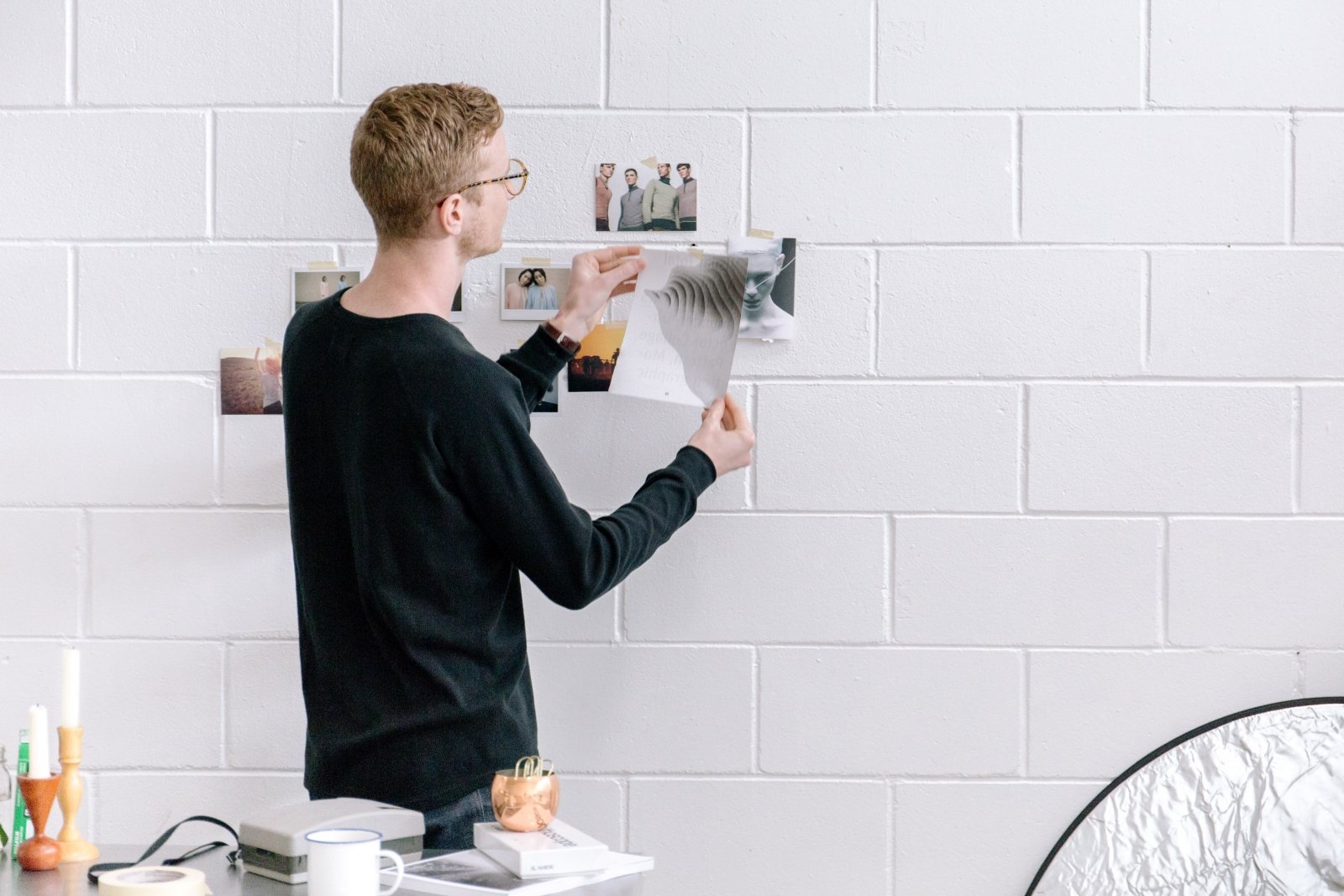The Importance of Workplace Branding
The value of a cohesive professional environment
Christopher K. M. Leach //May 10, 2018//


The Importance of Workplace Branding
The value of a cohesive professional environment
Christopher K. M. Leach //May 10, 2018//

A company's workplace is an extension of its brand, sending an intentional message to visitors and employees with its style, use of space and cultural vibe. Whether creating relaxed or more formal environments, it is important to begin by exploring a company's brand identity. Elements from logo color and font to values and mission all play a role in ensuring the workspace is consistent with the overall organization’s image.
Whether a business is trying to attract new employees or new clients, branding is essential. Curating the right environment can go a long way in creating brand pride, and as a result, increased employee engagement, retention and recruitment. Clients can sense that pride, along with company morale and culture, and it can be a determining factor in their decision to work with you or not.
BEYOND LOGOS
An obvious way to incorporate a company’s identity into an office is strategic placement of logos and brand colors throughout. Taken a step further, brands often choose to weave their identity into items such as carpet color and building materials or small details like chair stitching and name plates.
Artwork is another important feature that companies should consider with purpose. By consciously selecting art, an organization can convey a look and feel that points to who they are, while also telling their brand story. Like a blank canvas, wall space can allow companies to express their core values and overall culture through artistic expression.
Furniture can also speak volumes about a company’s brand and culture. All too often, teams choose a hodgepodge of desks and chairs that don’t add value or brand consistency to their space. If a company is innovative and cutting edge, like Google or Airbnb, the use of unique furniture in unexpected spaces, shapes or sizes can help set the tone of innovation and creativity. If a corporation is more traditional, like a law firm, more conservative selections may be in order, restricting the company to pieces their clients will appreciate and approve of.
Use of space and furniture can also convey important clues about everything from company structure to issues that are important to leadership. If executives have customized, upgraded furnishings in private offices, for example, the message is loud and clear that the company structure is hierarchical. An open floor plan with large communal tables and unassigned workstations, on the other hand, point to collaboration, with a CEO potentially sitting next to an administrative assistant. An organization can also demonstrate its level of commitment to the staff’s health and wellbeing by investing in ergonomically-designed furniture. After all, an office is not only a workplace, but a second home where employees spend a lot of time.
From furniture and space planning to artwork and color selection, company leaders have a lot to consider when creating a cohesive brand identity in their workspace. A worthwhile venture, workplace branding can reap benefits far beyond the surface, creating a culture of pride that can strengthen any brand.
Christopher K. M. Leach is president and owner of Contract Furnishings, a Denver-based commercial furniture dealer that helps local companies create intuitive and productive workplaces. He can be reached at [email protected]



























